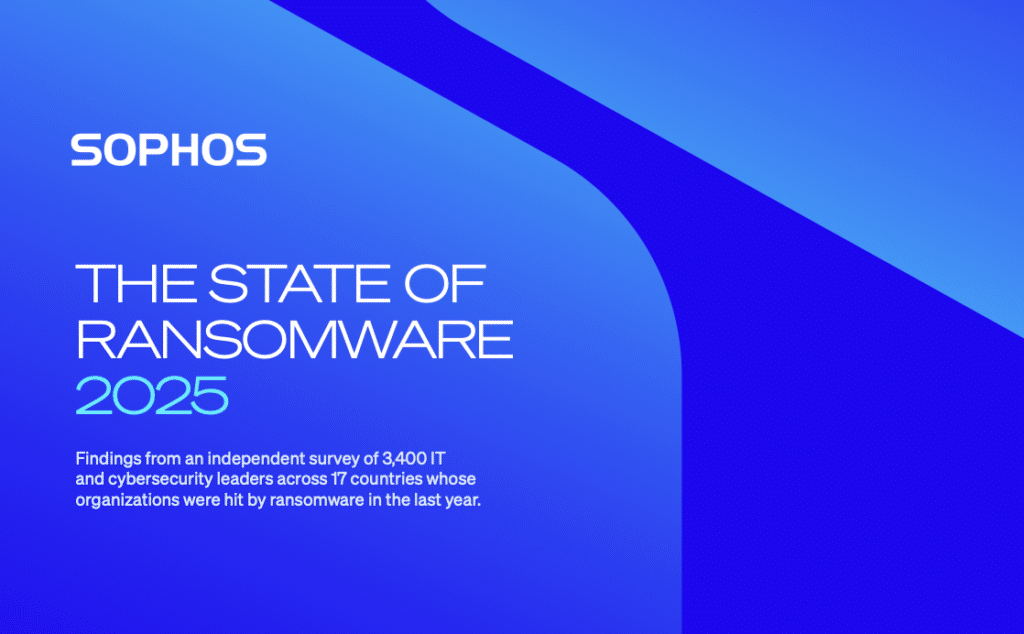Customer Acquisition Trends in a Post-Pandemic World – Author, Alex Tupman CEO

After the abrupt shift to home working in 2020, last year saw many organisations successfully adapt to digital delivery of their services. Whether they were simply accelerating an existing digital transformation or starting from scratch, many discovered that with the right technology their teams could effectively collaborate, achieve high productivity and continue to support customers virtually, from wherever they were. Customers embraced the video call as an alternative to in-person contact. Video meetings were rapidly scheduled, company backgrounds were created, and previously unused cameras were switched on. Video calls were normalised overnight in a way that wouldn’t have happened without the pandemic as a catalyst. Working virtually works Along with convenience, lower costs, and wasted travel time becoming valuable work time, we’ve got good at video calls. With a structured agenda, virtual interactions are often quicker and more efficient than face to face meetings. And with less of a social element, we get more work done. There was already a growing trend towards managing customer relationships virtually pre-Covid. Digital interactions from e-tenders to self-service capabilities were becoming the norm. At the height of the pandemic, it wasn’t just online account maintenance that customers accepted – customer acquisition was forced to go digital. Sales teams utilized many of their traditional core sales skills when meeting customers and closing deals by video and live chat interactions. But just as account teams have perfected their online craft, face to face interactions are returning.  Back to the (sanitised) handshake There are some things that just work better face to face, and customer acquisition is often one of them. While quick, regular check-ins will remain a convenient and productive option for existing customers, new clients will be less willing to sign on that initial dotted line with a digital signature when in-person meetings are a viable option once more. Business relationships are based on trust, and we instinctively prefer to look each other in the eye while we establish our first deal. While virtual interactions are ideal for maintaining existing customer relationships, there’s no doubt that it’s harder to establish new ones if the buyer and seller meet over Zoom rather than coffee. Here’s why:
Back to the (sanitised) handshake There are some things that just work better face to face, and customer acquisition is often one of them. While quick, regular check-ins will remain a convenient and productive option for existing customers, new clients will be less willing to sign on that initial dotted line with a digital signature when in-person meetings are a viable option once more. Business relationships are based on trust, and we instinctively prefer to look each other in the eye while we establish our first deal. While virtual interactions are ideal for maintaining existing customer relationships, there’s no doubt that it’s harder to establish new ones if the buyer and seller meet over Zoom rather than coffee. Here’s why:
- Complex interactive meetings work better in person. Getting a large and diverse group of stakeholders, influencers and account team members together to ensure a complete understanding of a complex situation works better face to face. It’s easier to raise points, questions and potential objections as they come up, and conversation is more fluid without the stop/start of virtual interruptions.
- You can’t properly read the Zoom room. Reading the expression of a grid of unknown thumbnail faces doesn’t always tell you what you need to know. Building rapport relies on body language, eye contact, tone of voice and other subtle non-verbal cues that tell you when a pitch or negotiation is going well (or isn’t).
- Sometimes small talk gets big results. An unguarded, off-hand comment on the way out the door can often uncover a critical point or an additional opportunity. Digital interactions don’t usually provide the time or space for that informality.
- Encouraging innovation and creative brilliance. Brainstorming a new solution to difficult customer problems often requires spontaneous and unstructured interactions. We’ve all been in the room where ideas have bounced around naturally to create something exceptional.
The Deloitte Corporate Travel Survey 2021 indicates that while we will continue to rely on virtual communication and e-commerce for simple customer transactions, business travel related to external relationships – in particular client acquisition – will be the first to return to pre-pandemic levels. But be aware – when you’ve made the journey to get that crucial signature, your client will still expect you to be fully connected with instant access to your team and resources back at the office. Those same digital resources will still be needed to support a successful return to face to face engagement. 2022: Optimizing omnichannel excellence The business landscape has changed. Accenture’s recent report, ‘A new era in customer engagement’ details how customer expectations of what constitutes basic digital capabilities have shifted permanently. Convenience, ease of access and ‘anywhere anytime’ interactions are the new normal. The winners in this new hybrid environment will be the ones who find an optimal balance of traditional channels, digital interaction and in person engagement, and move seamlessly between them to improve customer experience in a post-pandemic world. Being agile and responsive gives you the fluidity you need to support your clients in a fast, efficient way. Mode’s fully managed IT and digital workspace solutions combine multiple business communication tools, utilising the power of the cloud. They simplify the way your teams operate, support collaborative working, and improve your business flexibility and efficiency.
Subsribe for updates and our latest research
You may be interested in
The 2025 State of Ransomware: Key Insights on Attacks, Costs, and Recovery
Ransomware continues to evolve — and so must our defenses. The State of Ransomware 2025 report from Sophos presents one of the most comprehensive views yet into how organisations around the world are being impacted by ransomware attacks. Based on an independent survey of 3,400 IT and cybersecurity leaders across 17 countries, the report explores how attacks are evolving, the operational weaknesses adversaries exploit, and the human and financial tolls that follow. Whether you’re building a cybersecurity strategy or assessing risk, this year’s findings offer crucial, real-world insights to guide your response. Key Findings from…
Outgrowing your MSP; businesses need a provider that scales with their growth
To stay competitive, business leaders must align with MSPs that deliver strategic value, drive innovation, and support to scale. Now firmly into 2025, it’s becoming clear what the year has in store for the IT landscape. For SMBs, the message is clear: business growth must be matched with smarter, more scalable managed services. The demand for cyber-resilient, cloud-first and AI-integrated solutions is no longer a forecast – it’s a reality already shaping business priorities. According to leading global technology market analyst firm Canalys’ MSP Trends 2025 report, the MSP model is transforming under growing pressure…
End of windows 10 support signal urgent action needed from UK organisations as cyberattacks continue to rise
Recent breaches at major UK retailers, combined with the approaching end of life of Windows 10, highlights a critical moment for IT resilience planning The recent wave of cyberattacks targeting major UK retailers has highlighted the growing security risks associated with organisations running outdated systems and applications and maintaining weak identity verification protocols. These incidents—particularly those involving Marks & Spencer and the Co-Op—have starkly exposed how vulnerable legacy infrastructure and insufficient access controls can be. In both cases, attackers successfully posed as legitimate employees and manipulated IT help desks into resetting internal passwords, ultimately gaining…
UK SMEs must fortify their cybersecurity against geopolitical risks, says Espria
A recent Sky News investigation highlighted an uptick in cyberattacks tied to the Iran conflict that are targeting businesses across multiple sectors. Speaking at the NATO Summit, Prime Minister Sir Keir Starmer urged UK businesses, regardless of size or sector, to prioritise cybersecurity and ‘take immediate steps to review and strengthen their defences.’ While the warning is timely in tone, businesses are already becoming targets of politically motivated cyberattacks, emphasising the need for heightened vigilance. “As tensions spread globally, threat actors will continue to exploit digital vulnerabilities, and neutral businesses may be caught in the…
End of windows 10 support signal urgent action needed from UK organisations as cyberattacks continue to rise
End of windows 10 support signal urgent action needed from UK organisations as cyberattacks continue to rise
Why Businesses Should Invest in ESG: Lessons learned by Espria
In today’s competitive landscape, Environmental, Social and Governance (ESG) performance is no longer just a “nice to have”—it is a critical business imperative. Companies that prioritise ESG are better positioned for long-term success, risk mitigation, and reputation enhancement. Today’s world demands more from companies than just financial performance. Customers want transparency. Employees want purpose. Investors want resilience. ESG helps businesses manage risk, seize new opportunities and build trust with the people who matter most. It is how you can stay competitive, stay responsible and stay relevant in a fast-changing world. A powerful case study of…





